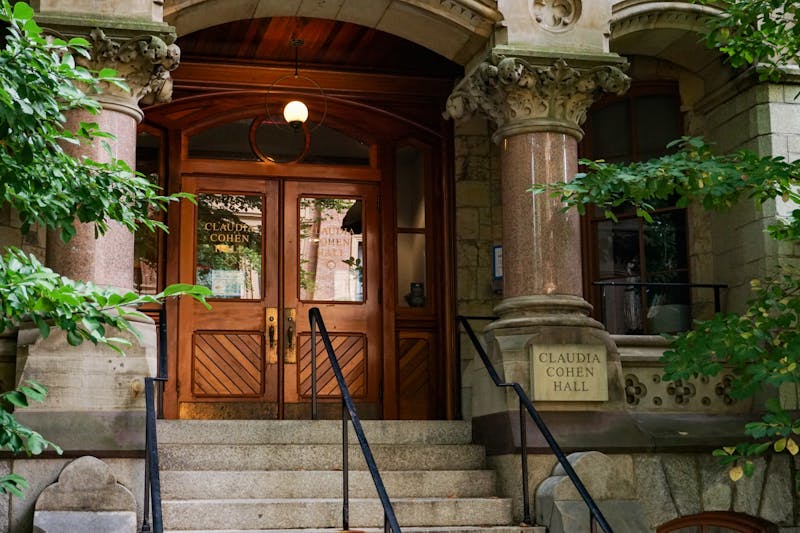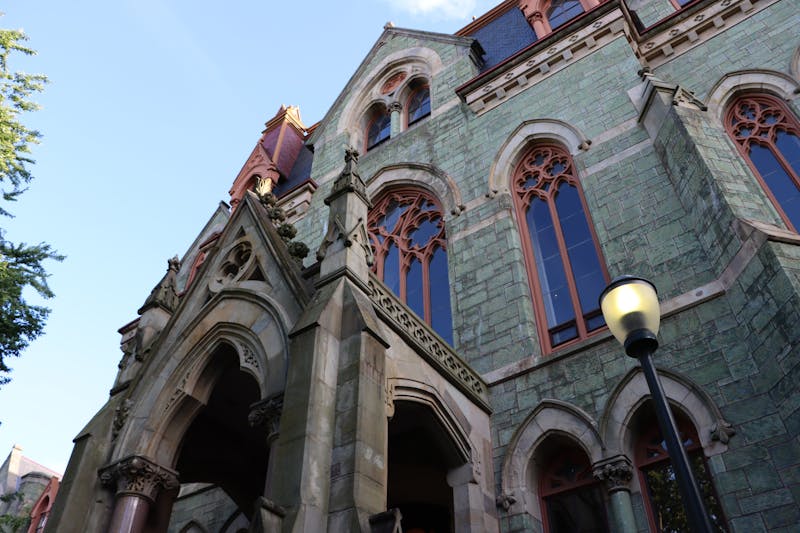In the last seven days, Israel has been hit with more international condemnation that in the last seven years since the Middle East peace process began at Oslo in the fall of 1993. The scenes of riots and dead children seem taken from some scrapbook of the Intifada, the Palestinian uprising against Israeli rule that began in 1987 and ultimately led to the Oslo accords. The scenes are brutal. How can anyone understand the death of a 12-year-old in a hail of bullets? It must be condemned. For me, the matter is not so simple. It is easy to condemn. It is harder to find real solutions. Eleven years ago today, I was a participant in the Israel Defense Force. I saw the street battles, heard the chants, breathed the tear gas, felt the rubber-coated bullets. And I came away with many questions -- and no answers. Scenes stick out in my mind. Two days before Yom Kippur, 1989, we are on patrol in the A-Nasr neighborhood in Gaza City. We are issued helmets. Two weeks earlier, the commander was severely injured by a cement block thrown by Palestinians. In the middle of patrol, we receive orders to change direction. Several hundred Palestinians have massed on the beach. Our jeeps arrive, tires screeching. Stones begin flying at us. Our lieutenant fires a tear-gas canister at the protesters. The sea wind brings the tear gas right back to us. Choking, we take cover behind our jeeps. New orders crackle over the wireless. Tires screeching again, we take off to another location. The protesters change direction. February 1990. Beit Hanum, now site of the Palestinian Authority's "Industrial Park," then a dusty one-horse town north of Gaza City. We pass the cemetery on the horse-shoe-shaped road that circles the town center. Stones fly at us from behind the monuments. We fire in the air. Kids run away. The other patrol arrests two and takes them back to our camp. Mothers come to scream at the gate of our camp. My lieutenant tells me to fire in the air. I make as if to fire and scream back at them, in Arabic, to disperse. They do. My lieutenant fires in the air anyway. A-ti junction, north of Gaza City. Roadblocks. Burning tires. The patrol meets a hail of stones. How do they respond? How is one supposed to respond? Last week's scenes of a dead 12-year-old began with several hundred Palestinians stoning the Israeli Army outpost at Netsarim Junction, in the Gaza Strip. For the Palestinians, the isolated settlement of Netsarim is a bone in the throat, a blot on the land; for 30 Israeli families, it is home. How is the army supposed to respond to the hail of stones? With more stones? With tear gas? With water cannons? By running for cover? Stones seem juvenile, but they maim, wound and kill. How is an army supposed to respond to a hail of stones? Leave Gaza, some will say. But Israel largely left Gaza. Israel can abandon the settlement at Netsarim, but stones were also thrown last week at sites Israel can never abandon. Soldiers guarding the tomb of Rachel at Bethlehem were stoned. How are they to respond? The bloody events began when worshippers leaving prayers at El-Aksa mosque in Jerusalem stoned worshippers gathered at the Western Wall, which lies just below El-Aksa. The Jerusalem chief of police was injured. How are the army and police supposed to respond to the stone-throwers? It is easy to condemn Israel for the death of a 12-year-old. But condemnation rings hollow and puerile, unless those who are so quick to condemn can suggest reasonable alternatives and have answers to these questions. Israel has been engaged for the last seven years in an attempt to extricate itself from the ugly scenes of the Intifada. It has taken heavy risks in the course of the peace process and endured exploding buses, bombs in market places and kidnapped soldiers. At the Camp David summit in July, Israel showed itself ready to take real security risks for the whole Middle East peace process. Palestinians may have been justly annoyed at the visit of Ariel Sharon, leader of the opposition in the Israeli Parliament, to the Temple Mount esplanade housing the El-Aksa Mosque. Sharon's visit, to a site holy to Jews as well as Muslims, may have been ill advised, but it can hardly be called violent. The violence began with the hail of stones. The stones return only Israel, but also the Palestinians, to the ugly days of the Intifada. The support of the Palestinian Authority for violence causes Israel to wonder whether it has a partner in this peace process.
The Daily Pennsylvanian is an independent, student-run newspaper. Please consider making a donation to support the coverage that shapes the University. Your generosity ensures a future of strong journalism at Penn.
DonatePlease note All comments are eligible for publication in The Daily Pennsylvanian.







